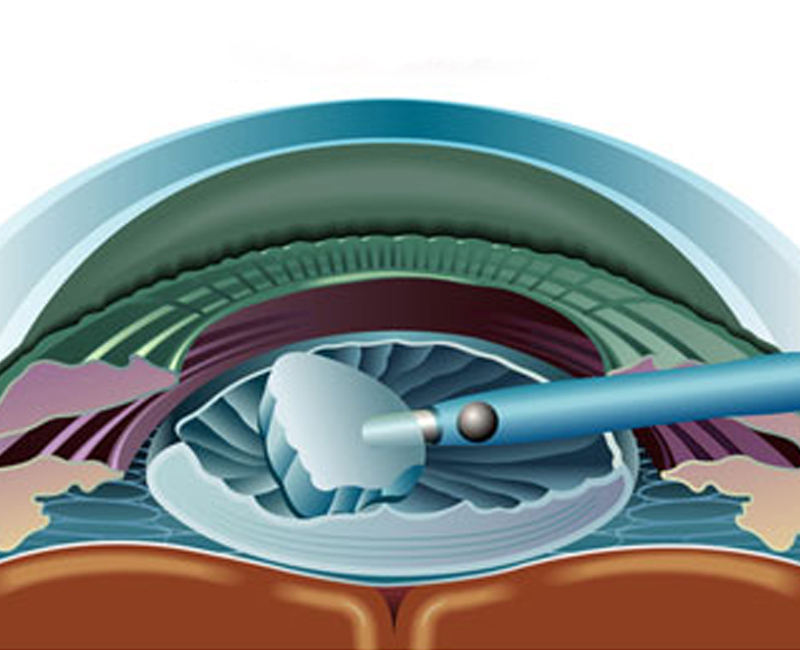
Overview
Some conditions, like dry skin, can slowly interfere with your sight. Not only does dry skin make you look sad or weary, it can also limit your field of vision, limiting what you see. Two common conditions that can cause your skin to get dry are dermatochalasis and ptyosis.
Dermatochalasis
Dermatochalasia is an eye condition characterized primarily by excess skin on the eyelid, although it can also affect the forehead, cheeks, nose, chin, and neck. It is usually associated more with aging, but younger people can be affected as well. Other causes include weakened connective tissue (which allows the skin to stretch), genetics, thyroid eye disease (TED), renal failure, and eye injury. A mild to moderate degree of dermatochalasis will make you just look tired, but an advanced case will impair your vision, especially if it affects your peripheral vision. Symptoms may include difficulty reading, elevated eyebrows to improve vision, dry eye, eye pain, and dermatitis. Treatment options may include ointments, creams, and medications to reduce swelling and inflammation. Surgery may be considered if the condition does not respond to treatment.
Ptosis
Ptosis (shortened from blepharoptosis; literally meaning “droopy eyes”) is another eye condition where the eyelid sags downward. While dermatochalasia is caused by excess skin on the eyelid (which may be hereditary), ptosis is typically caused either by muscle weakness or by paralysis. When the levator muscles in the eyelid aren’t working properly, the eyelid margin begins to sag down into the vision. In adults, ptosis can occur at any age, although it is often seen in older people. It can also be associated with certain diseases such as Bell’s Palsy, diabetes, thyroid problems, Parkinson’s disease, multiple sclerosis, stroke, brain tumors, and migraines. One symptom of this eye condition is to tilt your head back to try and see under the drooping eyelid, or raise your eyebrows repeatedly to try and lift the eyelids. Another sign of ptosis is having to blink frequently to keep your eyes moist.
Treatment
Most cases of dermatocheliosis and ptosis are corrected by surgery by an ophthalmician, but the procedures will differ. Dermatocheliosis is corrected by blepharoplasty, an eyelid revison procedure that removes excess skin, fat, and muscle from the eyelid to rejuvenate the appearance of your eye. Blepharoplasty restores a more youthful look and opens up the eye.
Ptosis surgery often involves strengthening the levator muscles to raise your eyelids and improve vision as well as your overall appearance. In very severe case, your surgeon may attach your eyelid to the forehead so that your forehead muscles can assist in lifting the eyelid. One potential side effect of this type of surgery is that your eyelids may no longer be perfectly symmetrical even though they are raised higher than before surgery.
If you are experiencing drooping eyelids and you are seeing a difference in your vision contact your eye doctor for more information about the optimal course of treatment to improve both your eyesight and your appearance.


